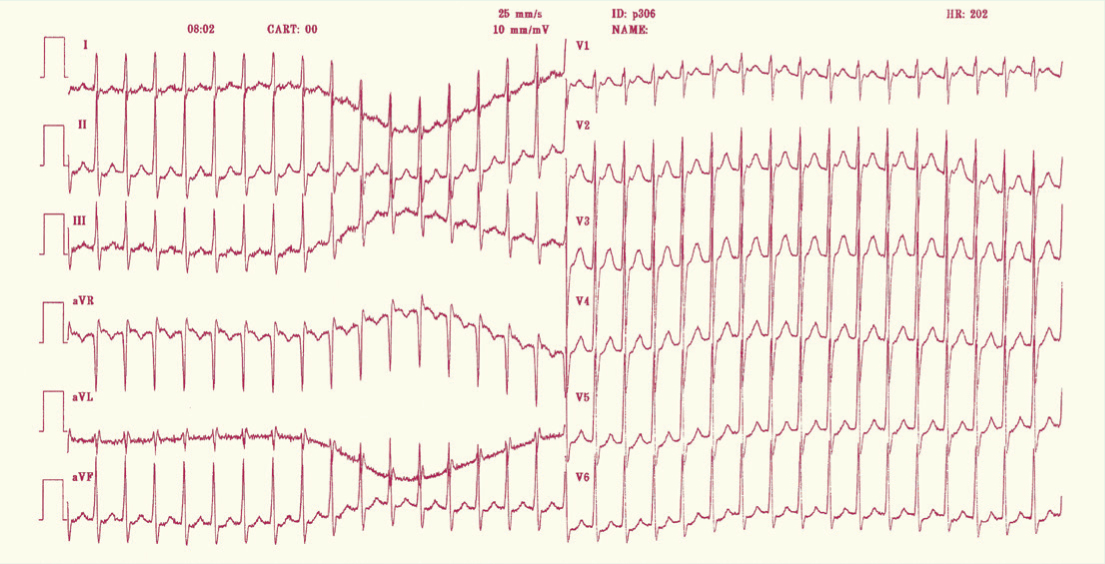
The Valsalva manoeuvre is a technique often used within pre-hospital care in an attempt to revert supraventricular tachycardia. The method of exerting against a closed glottis, (often using a syringe), to achieve this has been practised for many years. This study aimed to identify whether a specific syringe size can be recommended to achieve the suggested 40 mmHg pressure required when performing this manoeuvre.
Three syringe sizes (20 of each) were tested from one manufacturer: 5 ml, 10 ml and 20 ml using a manual sphygmomanometer to determine pressure by attaching the syringe to the end of the tube.
Each syringe was removed from its packaging and before doing anything else the syringe was attached to the sphygmomanometer and the initial pressure required to move the plunger was recorded.
The plunger was then moved manually to one-fourth of the syringe volume and the pressure to exert movement recorded. This was repeated for one-half and three-fourths of the volume of the syringe.
Having recorded these measurements the plunger was returned to the zero mark and the pressure required to move the plunger was recorded again.
Analysis of data included calculation of median pressure and IQR. Results showed that 20% of syringes ‘stuck’ and high pressures were needed to move the plunger immediately after it had been removed from packaging, with the 5 ml requiring a median of 167 mmHg, the 10 ml 147 mmHg, and the 20 ml over 300 mmHg. However, once the plunger had been moved manually, significantly lower pressures were subsequently needed to move it.
It was also noted that once the plunger had been moved at least once, the required pressure reduced as syringe size increased. The variation of plunger starting point also appears to have had an effect, with variations between 2–14 mmHg, with the biggest of these seen in the 5 ml syringe. Overall, the 20 ml syringe achieved closest to the recommended pressure with 42 mmHg as a median, starting from zero and having had the plunger moved manually.
The authors acknowledge some limitations of the study such as the use of a manometer to create pressure is not as realistic as the pressure exerted by a patient; also having only tested one brand of syringe, the results cannot be generalised.
The authors conclude that no specific syringe can be relied upon to achieve an accurate, consistent pressure of 40 mmHg. Within their place of work using the syringe brand BD Emerald to achieve the recommended 40 mmHg is best done using a 20 ml syringe, with the plunger having been released to prevent sticking—but, even then, this is likely to fail 20% of the time. Conversely, a study by Smith and Boyle (2009) concluded that a 10 ml Terumo syringe was the correct size to achieve a pressure of approximately 40 mmHg.
Overall, findings from this study highlight the importance of being aware of the variations that can occur when adopting this technique and that a syringe cannot always be relied upon to produce reliable and consistent pressures!

